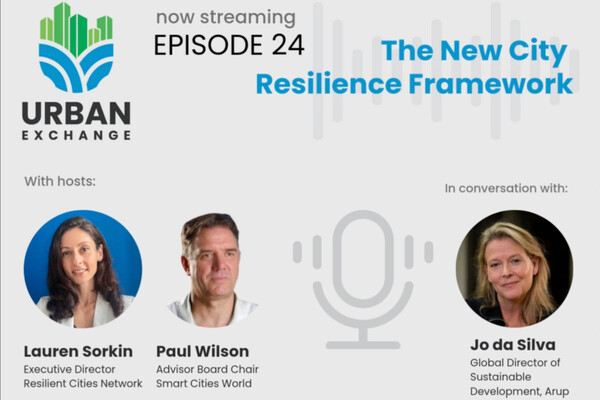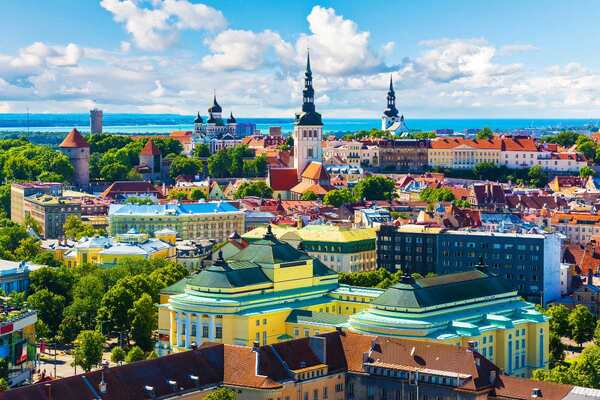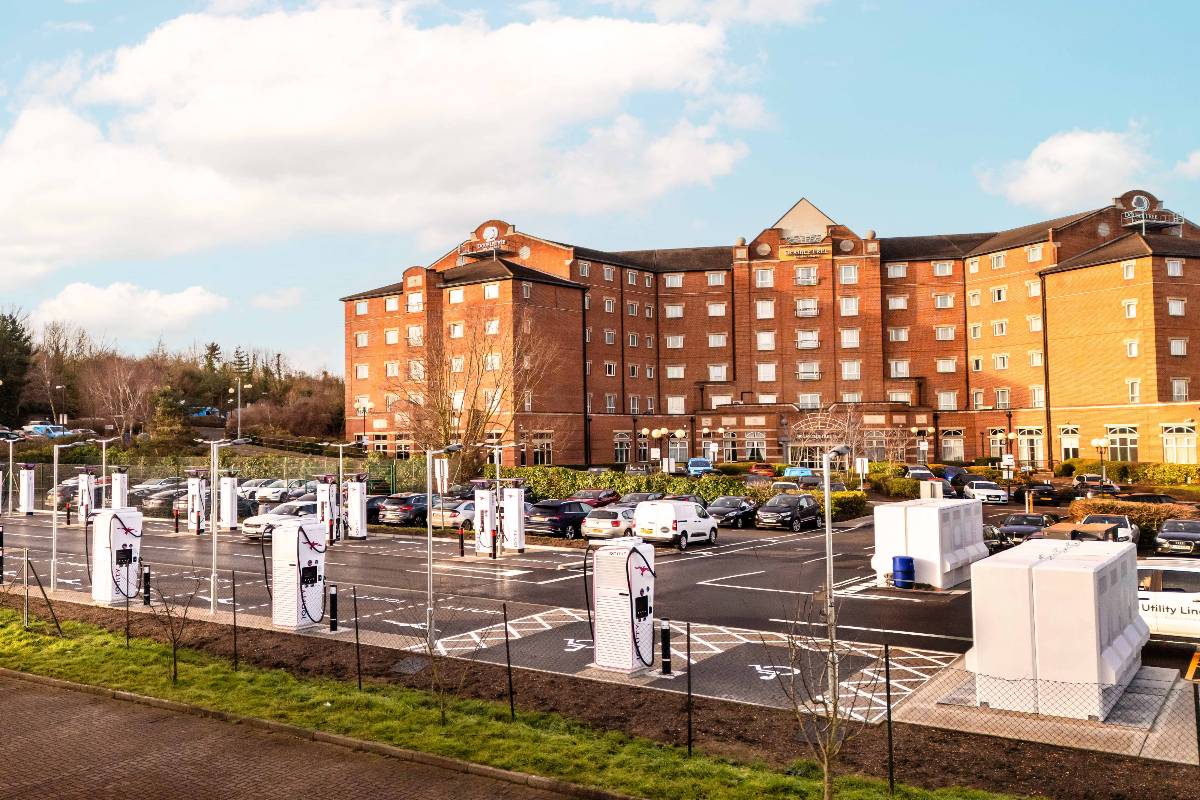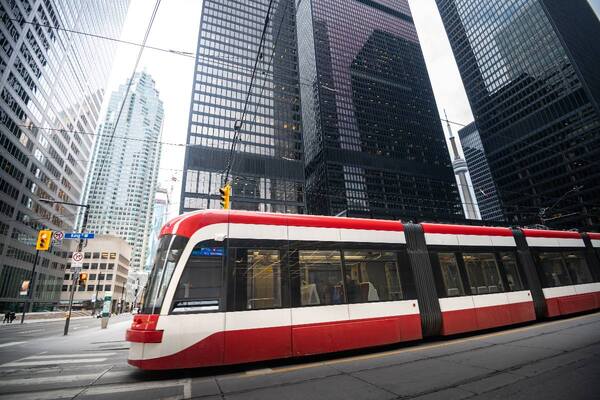Special Reports
SusHi Tech Tokyo 2024: experience ‘Tokyo 2050’ todaySponsored by The SusHi Tech Tokyo 2024 Showcase Program Executive Committee
Smart Infrastructure: Tackling chemical fires
The infrastructure within buildings, energy, transport and government is increasingly clever, designed both to feed back data and to respond to changing requirements. But some of the greatest potential gains lie in linking together these different systems, creating a system of responsive networks and feedback loops and that are far greater than the sum of their parts.
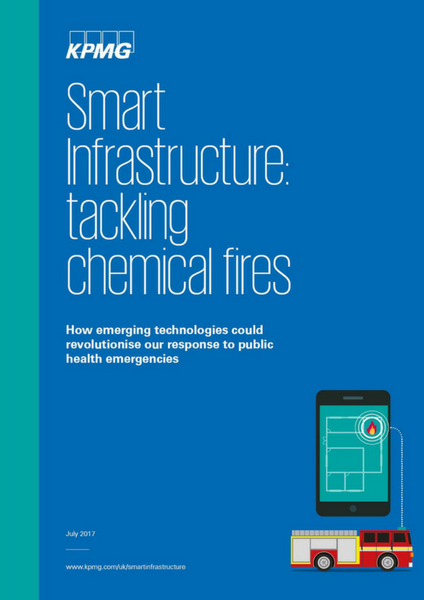
So when it comes to an emergency situation, generating and sharing information on the nature, location and progression of specific threats, digital technologies promises to help emergency teams respond more quickly, effectively and safely.
In this whitepaper, KPMG looks at how different suppliers, service providers, government agencies and local authorities can work together to help manage emergency situations.
If you are involved in the following areas, then this report would provide a useful insight into how smart infrastructure can start to work for cities across the world.
• Local & Regional Authorities
• Government Agencies
• Sensor Manufacturers
• Building Management Systems
• Energy Suppliers
• Town Planners
• Emergency Services
• Platform Providers
• Transport Providers
• Teleco Operators, Providers and Manufacturers
• HR Specialists
Download this White Paper from KPMG in the SmartCitiesWorld resource area. If you are not already a member, it’s free and takes just 30 second to register






